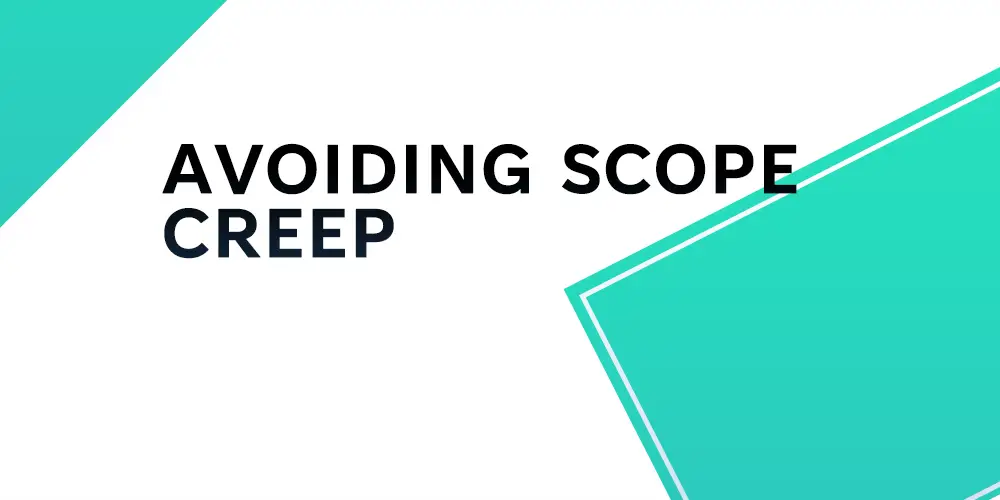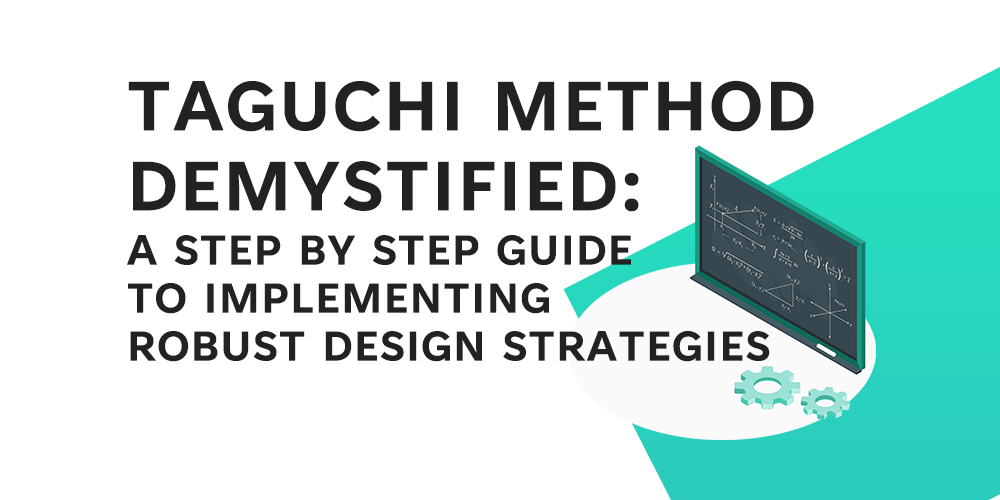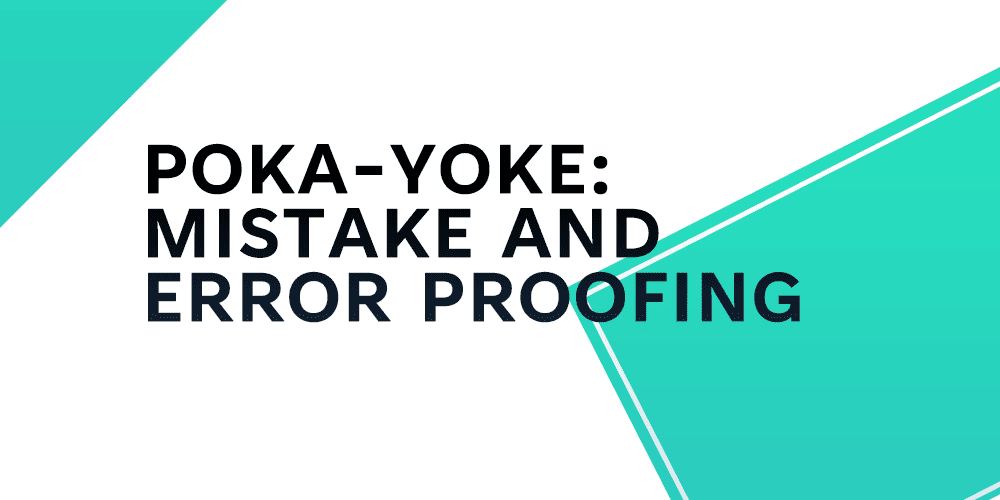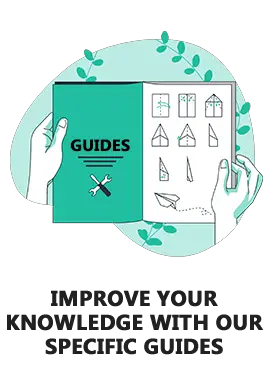Are you frustrated of feeling like your tasks are continuously spinning out of control? Scope creep can be an annoying and costly issue, but it doesn’t have to be.
In this post, we’ll discuss practical strategies and methods to help you keep your project on track, from establishing and documenting the scope to creating and enforcing boundaries. By implementing these tactics, you will be able to avoid scope creep and complete your projects on time and on budget. Don’t let scope creep hinder your success; keep reading to find out how!
Table of Contents
Define and documenting the Project Scope
Defining and documenting the project scope is critical for staying on track and minimising scope creep. It is critical to precisely define the project scope at the start of the project to ensure that everyone involved understands what has to be done and what is out of scope.
It is critical to consider the following criteria while setting the project scope:
- The objectives and goals of the project
- The deliverables that must be created
- The project’s completion timeframe
- Budget and resources needed
- The duties and obligations of the stakeholders

Once the project scope has been set, it is critical to record it in a way that all team members can easily access. This can be accomplished by the use of a project charter, a scope declaration, or a project management technology.
It is critical to ensure that the project scope is clear, simple, and easy to understand while documenting it. To ensure that everyone is on the same page, it should be reviewed and approved by all stakeholders, including the project manager, team members, and the client or customer.
Furthermore, it is critical to ensure that all team members have constant access to the material, whether through a physical paper or an electronic tool. This allows team members to refer to it as needed and ensures that everyone is on the same page regarding the project’s goals, deliverables, and boundaries.
You can ensure that everyone is working toward the same goals and that the project stays on track by explicitly defining and documenting the project scope at the start of the project.
Communicating Effectively with Stakeholders
Effective communication with stakeholders is critical for reducing scope creep and keeping a project on track. Clear communication ensures that everyone involved in the project understands the project’s goals, deliverables, and boundaries, preventing misunderstandings and scope creep. A tool ideal for identifying a projects stakeholders is the Stakeholder map.

It is impossible to overestimate the importance of clear communication in preventing scope creep. Stakeholders that are not kept informed or engaged throughout the project may not comprehend the project’s aims or objectives, which may result in demands for scope adjustments or new features that are outside the initial scope.
Effective communication with stakeholders is critical for reducing scope creep and keeping a project on track. Clear communication ensures that everyone involved in the project understands the project’s goals, deliverables, and boundaries, preventing misunderstandings and scope creep. You can plan out an effective project communication by using a communication plan.

It is impossible to overestimate the importance of clear communication in preventing scope creep. Stakeholders that are not kept informed or engaged throughout the project may not comprehend the project’s aims or objectives, which may result in demands for scope adjustments or new features that are outside the initial scope.
Involving stakeholders in the project planning phase is another technique for keeping them informed and engaged throughout the project. Invite stakeholders to project meetings, including them in the project scope definition and review process, and solicit their comments and opinion on project deliverables.
Finally, any changes to the project scope must be communicated to stakeholders. This can be accomplished through change requests and the change management process, which must be approved by stakeholders before any changes are implemented.
You can avoid scope creep and keep the project on track by communicating effectively with stakeholders and keeping them informed and involved throughout the project.
Using a Project Management Tool
Using a project management tool can help you avoid scope creep and stay on track with your project. These technologies provide a consolidated area for project information, progress tracking, and communication with team members and stakeholders.
The following are some of the advantages of using a project management tool:
- Project progress is now more visible and transparent.
- Project activities, schedules, and milestones can be tracked more easily.
- Collaboration and communication among team members and stakeholders has improved.
- Better project document and file organisation and management
- A central location for keeping project information and data that is easily accessible and referenced.
There are numerous project management software on the market, each with their own set of features and capabilities. Some popular tools are:
- Asana: a web-based tool that allows teams to manage tasks, projects, and communication in one centralised location.
- Trello: a web-based tool that uses a Kanban-style approach to project management, allowing teams to visualise the progress of their tasks and projects.
- Jira: a web-based application for software development teams that provides strong project management and bug tracking capabilities.
- Basecamp: a web-based tool that is designed for remote teams and offers a range of project management and communication features.
You can improve the visibility and transparency of your project, as well as the cooperation and communication with your team members and stakeholders, by using a project management tool, which will help prevent scope creep and keep your project on track.
Set and enforce boundaries
The significance of establishing and enforcing defined limits throughout the project Guidelines for dealing with requests for scope revisions while keeping the integrity of the original project scope
Setting and enforcing boundaries is critical for limiting scope creep and staying on track with a project. Clear boundaries help to define the scope of the project and give a framework for decision-making, allowing the project to stay on track and avoid scope creep.
The significance of clearly defined borders cannot be emphasised. Without clear boundaries, stakeholders may request extra features or adjustments that are outside of the project’s original scope. These requests can soon build up and produce scope creep, which can lead to delays, higher expenditures, and, eventually, project failure.
A change management procedure must be established in order to identify and enforce boundaries. This procedure, which should be reviewed and authorised by all stakeholders, should contain explicit standards for seeking and reviewing scope revisions.
When a request for a scope adjustment is made, it is critical to compare the request to the initial project scope and establish if it falls within the project’s bounds. If the request falls outside of the scope, it should be rejected and the stakeholder notified of the rationale for the refusal. If the request falls within the scope, it should be assessed for its influence on the project’s schedule, budget, and resources, and stakeholders should be notified of any potential consequences.
In addition to a change management strategy, it is critical to establish clear communication rules with all stakeholders so that they are aware of the project’s boundaries and the process for seeking modifications.
Another piece of advice is to be hard and consistent when enforcing boundaries and rejecting scope revisions that go beyond the scope of the project. When communicating with stakeholders about the project’s boundaries and the process for seeking adjustments, it’s critical to be clear and direct.
You can retain the integrity of the initial project scope, prevent scope creep, and keep your project on schedule by creating and enforcing boundaries.
Review and evaluate regularly
The significance of assessing and analysing the project’s progress on a frequent basis Methods for detecting and mitigating possible scope creep before it becomes a problem
Regularly reviewing and evaluating project progress is critical for reducing scope creep and staying on schedule. By assessing the project’s progress on a frequent basis, you can discover prospective difficulties or modifications that may fall beyond the scope of the project and address them before they become a problem.
The significance of examining and analyzing project progress on a frequent basis cannot be emphasized. Without regular evaluations, it is easy for minor issues to escalate into major difficulties and scope creep to develop. Regular evaluations also aid in keeping the project on track to accomplish its objectives and goals.
It is critical to develop a plan for progress reviews in order to monitor and analyse the project’s progress on a frequent basis. This plan should include regular meetings, status updates, and progress reports to keep stakeholders up to date on the project’s progress and any difficulties that may occur.
Establishing a system for tracking project tasks, dates, and milestones is another technique for recognizing and correcting possible scope creep. This system should be updated and reviewed on a regular basis to ensure that the project stays on track and that any concerns or modifications are discovered and handled as soon as possible.
It is also critical to have a procedure in place for analysing any requested changes to ensure they correspond with the initial project scope and that their impact on the project schedule, budget, and resources is examined.
Finally, ensure that the team is taught to recognise and report any scope creep so that issues may be addressed before they become a problem.
By analyzing and evaluating the project’s progress on a frequent basis, you can detect possible difficulties and fix them before they become a problem, preventing scope creep and keeping the project on schedule.
Conclusion
Finally, avoiding scope creep is critical to the success of any project. Project managers can avoid scope creep by defining and documenting the project scope, communicating effectively with stakeholders, utilising a project management technology, setting and enforcing boundaries, assessing and evaluating progress on a frequent basis, and managing risks.
To summarize, the major lessons from this piece are as follows:
- At the start of the project, clearly identify and document the project scope.
- Maintain effective communication with stakeholders to keep them informed and involved throughout the project.
- To track progress and keep the project on track, use a project management application.
- Set and enforce boundaries to keep the initial project scope intact.
- Review and evaluate efforts on a regular basis to detect and mitigate any scope creep.
- Implement a risk management strategy to identify and address potential issues.
Project managers can avoid scope creep and assure the success of their projects by using these tactics. We invite you to review and comprehend these concepts, and to apply them to your own projects for a good outcome. Remember that avoiding scope creep is a continual effort that necessitates ongoing monitoring and adjustments as the project moves forward.
References
Komal, B., Janjua, U.I., Anwar, F., Madni, T.M., Cheema, M.F., Malik, M.N. and Shahid, A.R., 2020. The impact of scope creep on project success: An empirical investigation. IEEE Access, 8, pp.125755-125775.
Ajmal, M.M., Khan, M., Gunasekaran, A. and Helo, P.T., 2022. Managing project scope creep in construction industry. Engineering, Construction and Architectural Management, 29(7), pp.2786-2809.








